#Sioux
Photo

Sitting Bull
Sitting Bull (Tatanka Iyotanka, l. c. 1837-1890) was a Hunkpapa Sioux holy man, warrior, leader, and symbol of traditional Sioux values and resistance to the United States' expansionist policies. He is among the best-known Native American chiefs of the 19th century and remains as famous today as he was when he led his people.
He is widely known for his part in the Battle of the Little Bighorn in June 1876 and his later celebrity as a performer in Buffalo Bill's Wild West Show, but, for the Sioux, Sitting Bull is celebrated as the embodiment of the four cardinal virtues of his people: courage, fortitude, generosity, and wisdom. He is also recognized for his refusal to abandon the traditions of his people and his efforts to preserve their culture. Although famous as a holy man, prophet, war chief, and hunter, Sitting Bull was also a poet and composer, as well-known among his people for his rapport with wild animals and herbal knowledge as for his leadership.
He was killed while resisting arrest at the Standing Rock Agency Reservation in South Dakota on 15 December 1890 and was buried at Fort Yates in North Dakota. His remains were exhumed by family members in the 1950s and interred at Mobridge, South Dakota, near where he was thought to have been born. Debate continues over whether these remains are those of Sitting Bull, and historians also offer differing views on his legacy. His reputation as a great leader of his people, however, is unchallenged as he continues to be recognized as a symbol of Native American pride, honor, and traditional values, as well as for his stand against injustice.
Youth & Name
Little is known of Sitting Bull's life before the age of 14. His date of birth, given as 1831, 1832, 1834, or 1837, is debated, as was his birthplace until fairly recently. He is now understood to have been born on the Yellowstone River (known to the Sioux as Elk River) in modern-day Montana and was named Jumping Badger (Hoka Psice). He quickly earned the nickname Slow (Hunkesni), owing, according to scholar Robert. M. Utley, to "his willful and deliberate ways" (6). His father was Chief Sitting Bull of the Hunkpapa Sioux, and his mother was Her-Holy-Door from a respectable Hunkpapa family. He had two sisters and a half-brother but would later adopt others as his brothers, and these are sometimes mistakenly referenced as biological siblings.
Chief Sitting Bull taught his son to ride, hunt, and shoot expertly before the boy was ten years old. Young Slow was an excellent shot with bow and arrow and became so closely associated with horses that his peers joked how he even walked as though he were on horseback. When he was 14, he joined a war party against the Crow and "counted coup" against a Crow warrior, knocking him from his horse where he was then killed by another of the party. For this act of courage – defeating an enemy without killing him – Chief Sitting Bull gave his name to his son and assumed the name Jumping Bull. "Sitting Bull" – Tatanka Iyotanka (literally "Buffalo Who Sits Down") – fit the youth's personality as, "according to fellow tribesmen, suggested an animal possessed of great endurance, his build much admired by the people, and when brought to bay, planted immovably on his haunches to fight on to the death" (Utley, 15).
Later acquaintances and writers would claim the name was given him due to his stubbornness or, according to Sioux writer and physician Charles A. Eastman, that he was given the name after forcing a buffalo calf to sit down. The name was actually given in accordance with the tradition whereby a father passed his own name to his son when the boy was recognized as attaining manhood.
Between the ages of 14 and 20, Sitting Bull led his own war parties, and his name became famous among his enemies as a formidable warrior. Utley describes him at around the age of 20:
A heavy, muscular frame, a big chest, and a large head, he impressed people as short and stocky, although he stood only two inches under six feet. His dark hair, often braided on one side with otter fur and allowed to hang loose on the other, reached his shoulders. A severe part over the center of the scalp glistened with a heavy streak of crimson paint. A low forehead surmounted piercing eyes, a flat nose, and thin lips. Although dexterous afoot and superbly agile mounted, he appeared to some as awkward and even clumsy. (19-20)
Around 1857, in a clash with an Assiniboine band, Sitting Bull spared a 13-year-old boy whom he later adopted as a younger brother. When Sitting Bull's father was killed in battle with the Crow in 1859, the boy took the name Jumping Bull and would remain by Sitting Bull's side for the rest of his life.
Continue reading...
42 notes
·
View notes
Text
"Cody Two Bears, a member of the Sioux tribe in North Dakota, founded Indigenized Energy, a native-led energy company with a unique mission — installing solar farms for tribal nations in the United States.
This initiative arises from the historical reliance of Native Americans on the U.S. government for power, a paradigm that is gradually shifting.
The spark for Two Bears' vision ignited during the Standing Rock protests in 2016, where he witnessed the arrest of a fellow protester during efforts to prevent the construction of the Dakota Access Pipeline on sacred tribal land.
Disturbed by the status quo, Two Bears decided to channel his activism into action and create tangible change.
His company, Indigenized Energy, addresses a critical issue faced by many reservations: poverty and lack of access to basic power.
Reservations are among the poorest communities in the country, and in some, like the Navajo Nation, many homes lack electricity.
Even in regions where the land has been exploited for coal and uranium, residents face obstacles to accessing power.
Renewable energy, specifically solar power, is a beacon of hope for tribes seeking to overcome these challenges.
Not only does it present an environmentally sustainable option, but it has become the most cost-effective form of energy globally, thanks in part to incentives like the Inflation Reduction Act of 2022.
Tribal nations can receive tax subsidies of up to 30% for solar and wind farms, along with grants for electrification, climate resiliency, and energy generation.
And Indigenized Energy is not focused solely on installing solar farms — it also emphasizes community empowerment through education and skill development.
In collaboration with organizations like Red Cloud Renewable, efforts are underway to train Indigenous tribal members for jobs in the renewable energy sector.
The program provides free training to individuals, with a focus on solar installation skills.
Graduates, ranging from late teens to late 50s, receive pre-apprenticeship certification, and the organization is planning to launch additional programs to support graduates with career services such as resume building and interview coaching...
The adoption of solar power by Native communities signifies progress toward sustainable development, cultural preservation, and economic self-determination, contributing to a more equitable and environmentally conscious future.
These initiatives are part of a broader movement toward "energy sovereignty," wherein tribes strive to have control over their own power sources.
This movement represents not only an economic opportunity and a source of jobs for these communities but also a means of reclaiming control over their land and resources, signifying a departure from historical exploitation and an embrace of sustainable practices deeply rooted in Indigenous cultures."
-via Good Good Good, December 10, 2023
#indigenous#native americans#first nations#indigenous rights#tribal sovereignty#solar energy#solar power#solar panels#renewable energy#green energy#sioux#sioux nation#sustainability#climate hope#electrification#united states#hope#good news
2K notes
·
View notes
Text

Gertrude Käsebier :: Zitkala Sa, Sioux Indian and activist, ca. 1898 | src NMAH
view more Zitkala-sa by Käsebier on wordPress
#gertrude kasebier#zitkala sa#sioux#native american#pictorial portrait#pictorialist portrait#pictorialism#photosecession#gertrude käsebier#portrait#women artists#women photographers#beauty#gertrude simmons#red bird
1K notes
·
View notes
Text

Gertrude Käsebier - Zitkala Sa, Sioux Indian, ca. 1898
169 notes
·
View notes
Text
⚞Chief Red Shirt⚟
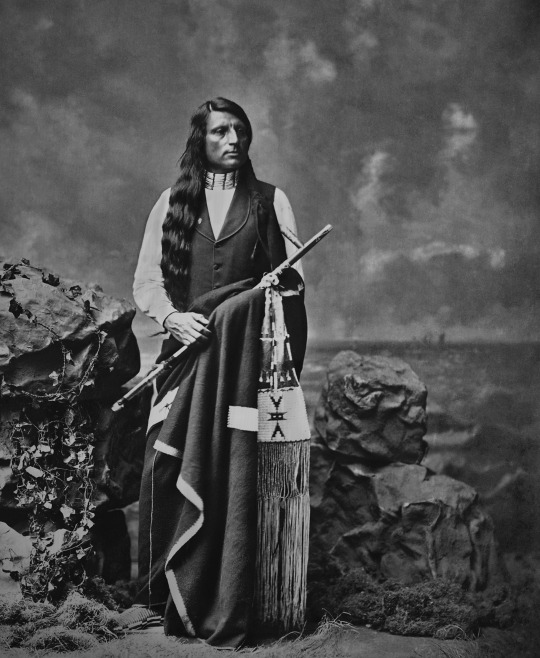
Chief Red Shirt - Oglala Sioux

Red Shirt (Oglala Lakota: Ógle Ša in Standard Lakota Orthography) (1847–1925) was an Oglala Lakota chief, warrior and statesman.
Chief Red Shirt camped with Crazy Horse and the rest of the Oglala at the Little Big Horn. The Oglala camp was next to the Cheyenne camp near the bottom of what is now known as Last Stand Hill. Red Shirt supported Crazy Horse during the Great Sioux War of 1876-1877 and the Ghost Dance Movement of 1890, and was a Lakota delegate to Washington in 1880.

Dakota delegation to Washington, D.C., Left to right, Red Dog, Little Wound, John Bridgeman (interpreter), Red Cloud, American Horse and Red Shirt. June, 1880
Chief Red Shirt wore his hair to represent peace and war. One side of his hair was wrapped to indicate he was ready for peace, the other side was worn loose indicating his readiness for war. This was done when he traveled with Chief Red Cloud to Washington D.C.

Red Shirt surrendered with Crazy Horse in 1877. After the surrender he moved to an area that is now known as Red Shirt, SD. Red Shirt was one of the first Wild Westers with Buffalo Bill's Wild West and a supporter of the Carlisle Native Industrial School. Red Shirt became an international celebrity Wild Westing with Buffalo Bill's Wild West and his 1887 appearance in England captured the attention of Europeans and presented a progressive image of Native Americans.
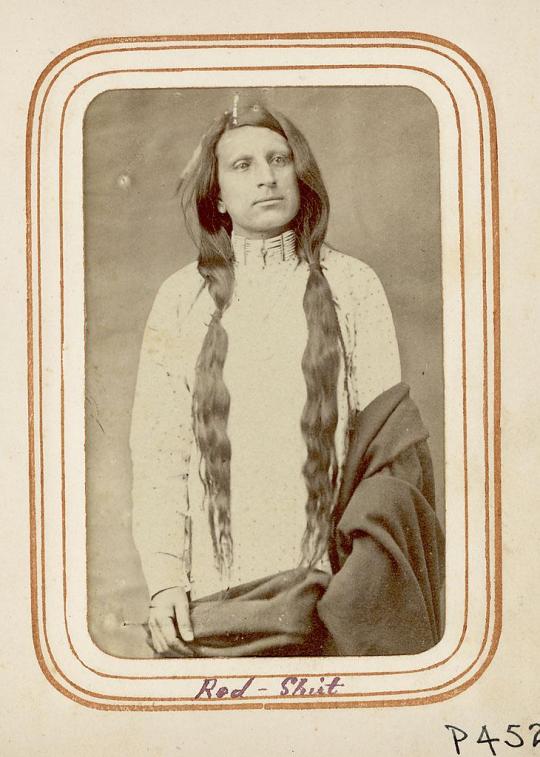

Red Shirt in Buffalo Bill's Wild West Show
On March 31, 1887, Chief Red Shirt, Chief Blue Horse and Chief American Horse and their families boarded the SS State of Nebraska in New York City, leading a new journey for the Lakota people when they crossed the ocean to England on Buffalo Bill's first international to perform at the Golden Jubilee of Queen Victoria and tour through Birmingham, Salford and London over a five–month period. The entourage consisted of 97 Indians, 18 buffaloes, 2 deer, 10 elk, 10 mules, 5 Texas steers, 4 donkeys, and 108 horses. Buffalo Bill treated Native American employees as equals with white cowboys. Wild Westers received good wages, transportation, housing, abundant food and gifts of clothing and cash from Buffalo Bill at the end of each season.
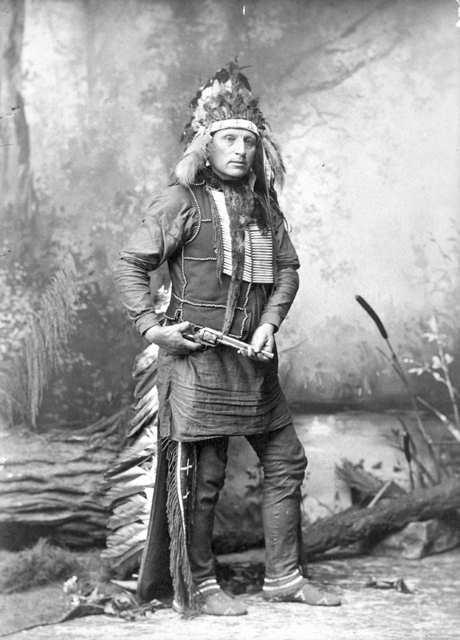
Photo from London - Red Shirt was lionized by the British press and his handsome features and stately bearing caused reporters to hang on his every word. Queen Victoria adored Chief Red Shirt and reportedly said after meeting him, "I know a real prince when I see him."

William F. "Buffalo Bill" Cody, Rosa Bonheur, Chief Rocky Bear, Chief Red Shirt, William "Broncho Bill" Irving, Roland Knoedler, and Benjamin Tedesco in front of Cody's Tent at the Paris Exposition Universelle - 1889
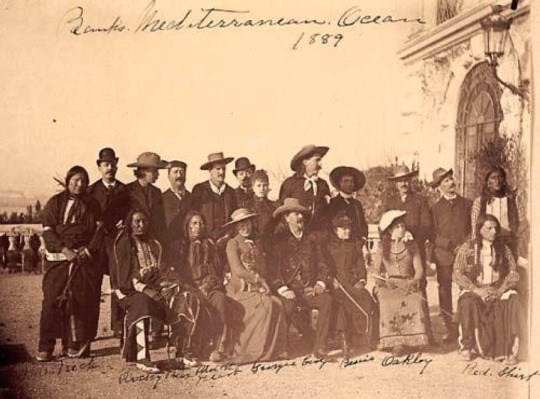
Another photo of Red Shirt - this time with Cody's company somewhere in Italy, 1890. Front row: No Neck, Rocky Bear, Black Heart, Georgie Duffy, Cody, Bessie Farrell, Annie Oakley, Red Shirt. Others in back row: Buck Taylor (fifth from right), Johnny Baker (fourth from right), Carter Couturier, advertising agent(?) (second from right), Has No Horses (far right)


Chief Red Shirt's rifle & scabbard.🔼 - Details 🔽




Chief Red Shirt was a Wild Wester for over thirty years - St. Louis World's Fair, 1904.
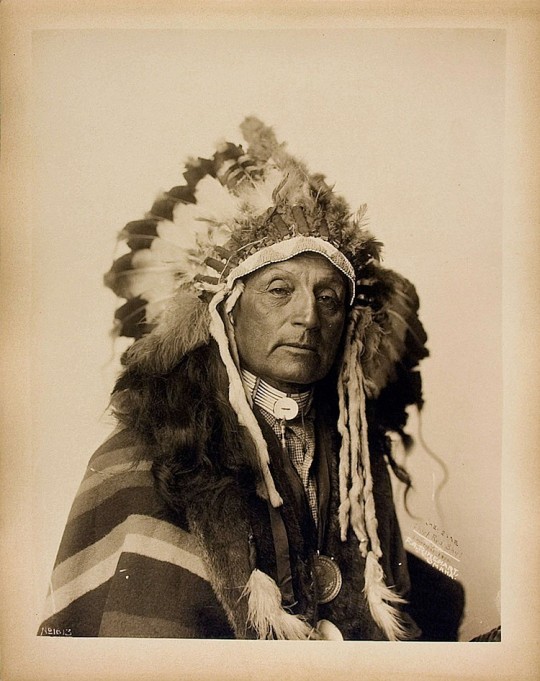
Chief Red Shirt (Ógle Ša) - 1847–1925
#indigenous#Sioux#native american#red shirt#Chief Red Shirt#buffalo bill#queen victoria#crazy horse#Little Big Horn#Oglala#ghost dance movement#lakota sioux#lakota#ogle sa#wild wester
298 notes
·
View notes
Photo

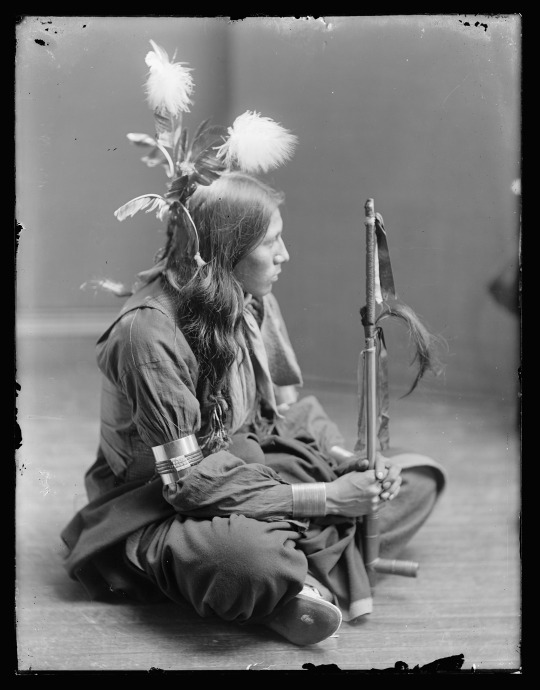


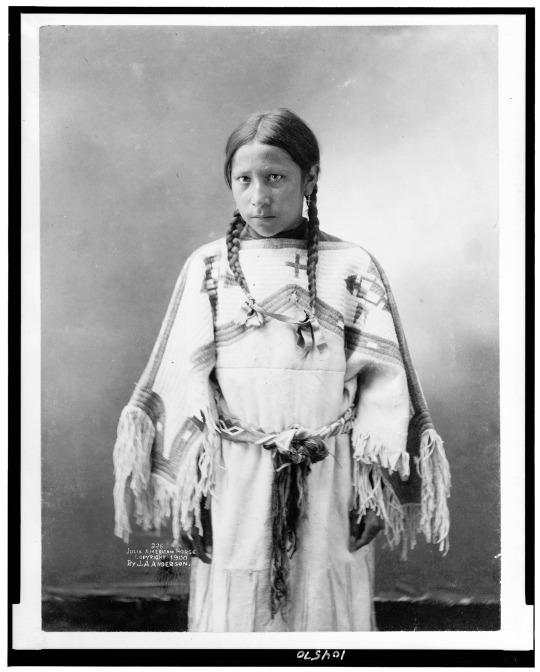
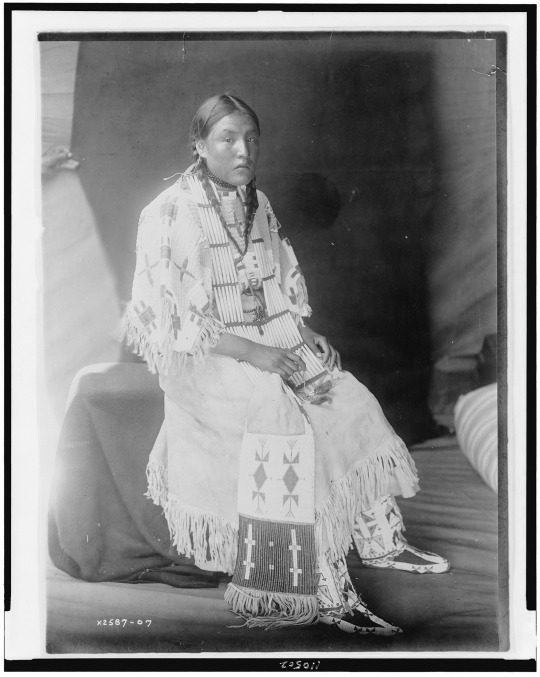
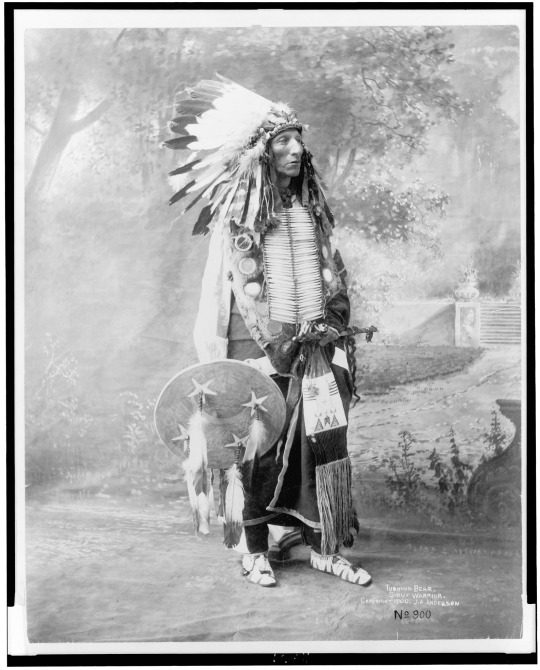

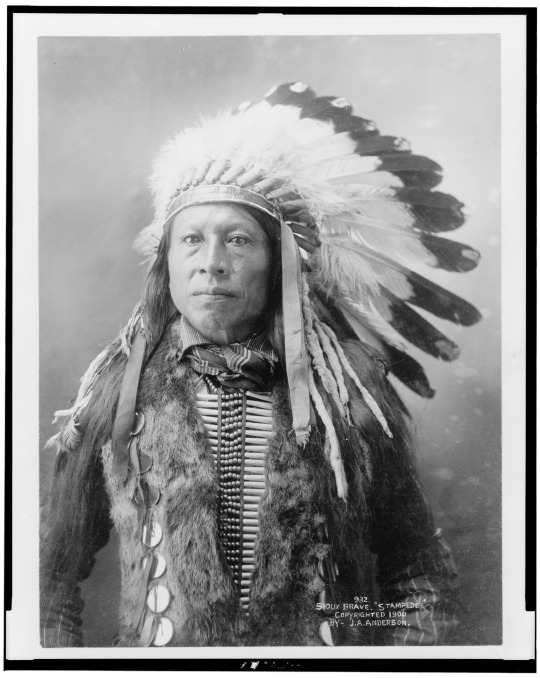
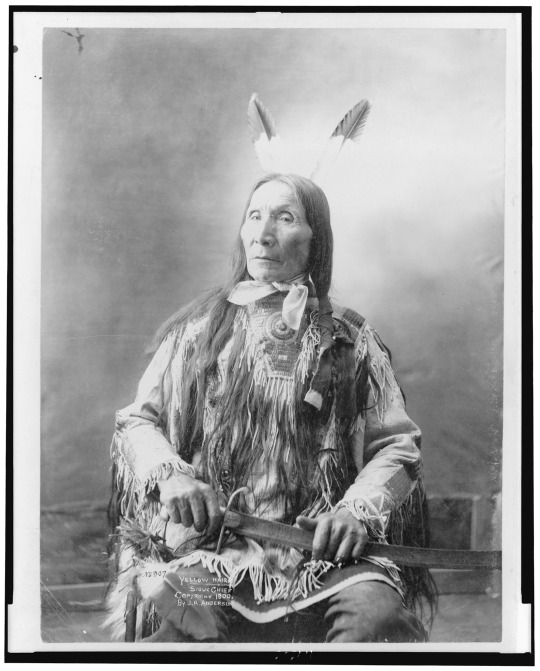
November is National American Indian Heritage Month and we at OUAT have chosen to celebrate the Dakota Sioux with a series of portraits and sceneries from ca 1899 -1910.
From top to bottom:
Iron White Man.
William Frog.
Susie Shot in the Eye.
Crow Dog.
Julia American Horse.
Red Elk Woman.
Turning Bear.
[Unknown] Sioux child.
Stampede.
Chief Yellow Hair.
See more from our Native American collection here.
676 notes
·
View notes
Text

12/31/23
(One last painting for the year.)
#art#painting#scientific illustration#oil painting#paleontology#oil on canvas#paleoart#original art#dinosaur#fine art#nature#dinosaurs#artwork#tyrannosaurus rex#tyrannosaurus#Sue the T. rex#Sue#Sioux#field museum#black hills#south dakota
64 notes
·
View notes
Text
The Black Hills of South Dakota have been central to the Lakota people’s #culture for over 10,000 years. To walk through them is to walk through native American history.
118 notes
·
View notes
Text

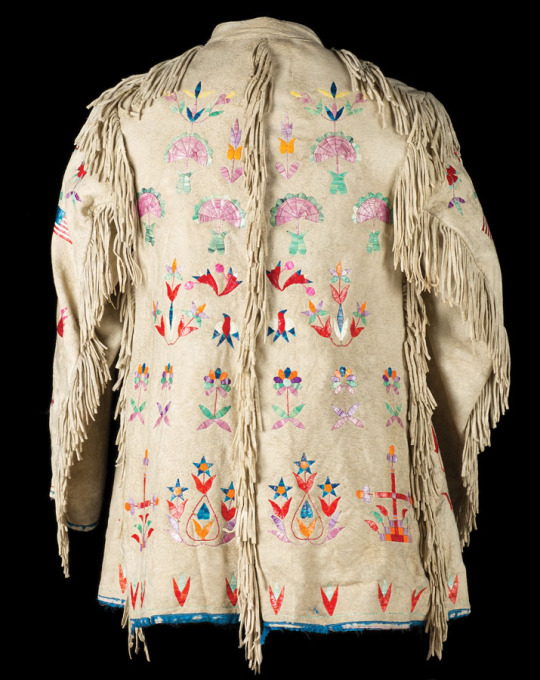
Sioux Quilled Jacket
A very seldom seen example of an early Scout jacket. With finely executed quilled designs in bright colorful designs and symbols including birds, flowers, crosses and crossed American flags on the sleeves. Trimmed in fringe, with remnants of blue silk trim at the edges. Cotton lining. Wonderful fringe along the arms, shoulders and down the center of the back. Circa late 19th century, 30" tall, 15" wide, 22" sleeves. Front shows fading to quillwork, but the back is bright and beautiful.
Old West Events
262 notes
·
View notes
Photo

Sioux woman's dress, 1920s-50s.
333 notes
·
View notes
Text

Edward S Curtis Native American 1900s
Little Hawk - Brule Sioux - c. 1907
50 notes
·
View notes
Photo

Red Cloud
Red Cloud (Makhpiya-luta, l. 1822-1909) was an Oglala Lakota Sioux chief, statesman, and military strategist who became the only Native American leader of the Plains Indians to win a war against the United States. Red Cloud's War (1866-1868) forced the US government to agree to Native demands without stipulation, establishing the Great Sioux Reservation in 1868.
Continue reading...
281 notes
·
View notes
Photo
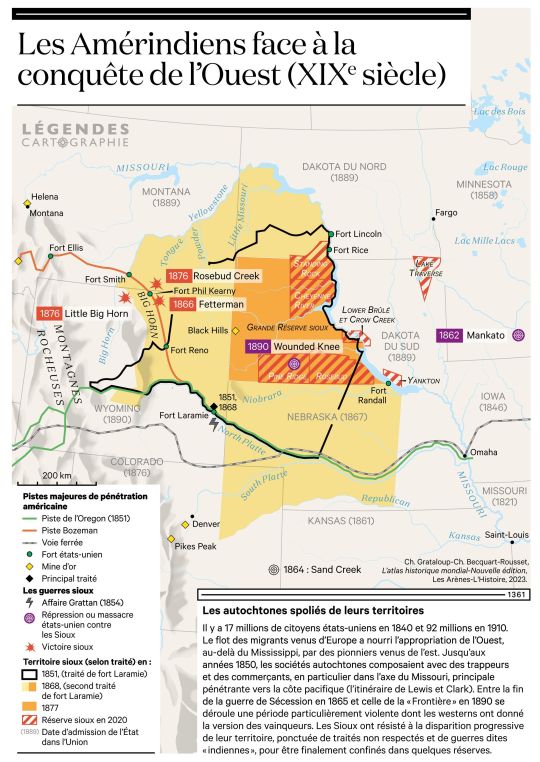
The dispossession of Sioux territory, 19th century.
From the new edition of Atlas historique mondial by C. Grataloup and Ch. Becquart-Rousset.
by LegendesCarto
56 notes
·
View notes
Text

Hinhan Duta (Scarlet Owl) or Hin-Kan-Du-Ta (Red Owl), Dakota, in Partial Native Dress and Holding War Club - Shindler - 1858
24 notes
·
View notes
Text



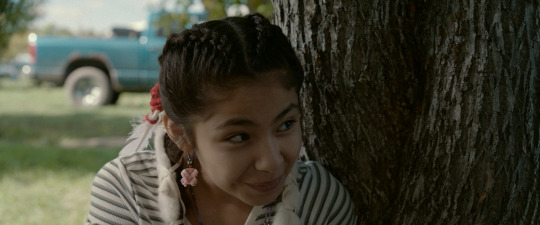
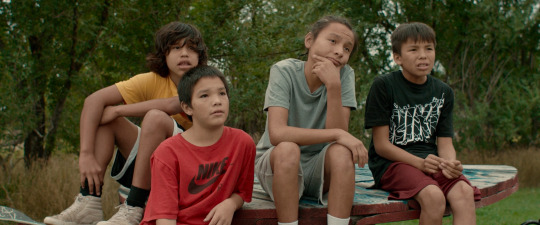

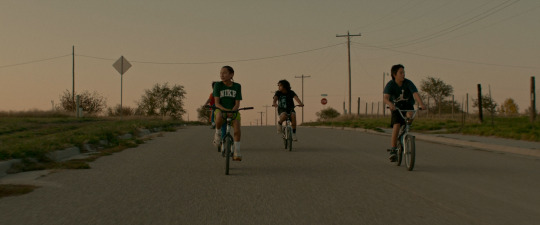
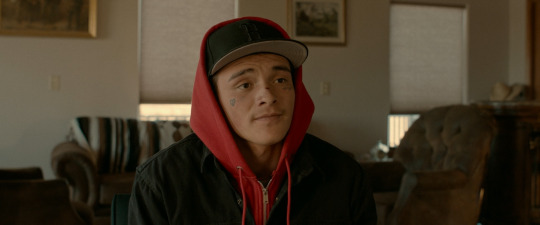


War Pony (Gina Gammell & Riley Keough, 2023)
#war pony#gina gammell#riley keough#oglala lakota#pine ridge#native people#sioux#female directors#female directed films#female filmmakers#female film directors#women in film#tongva people#oceti sakowin
80 notes
·
View notes
Text

Lakota - Woman's legging moccasins
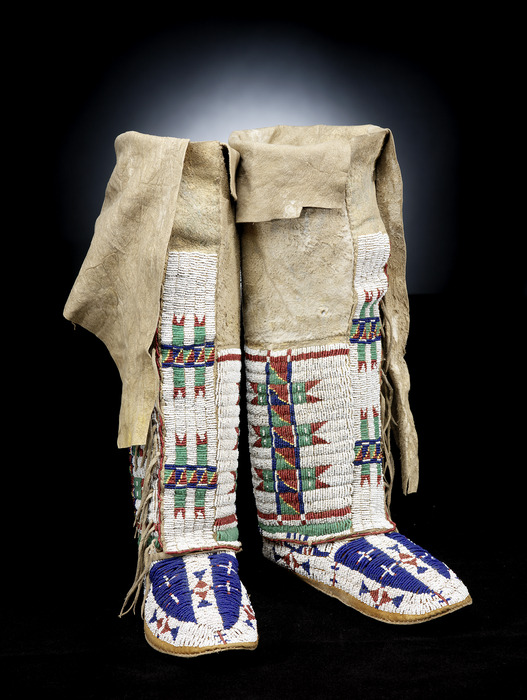
Sicangu Lakota - Woman's legging moccasins
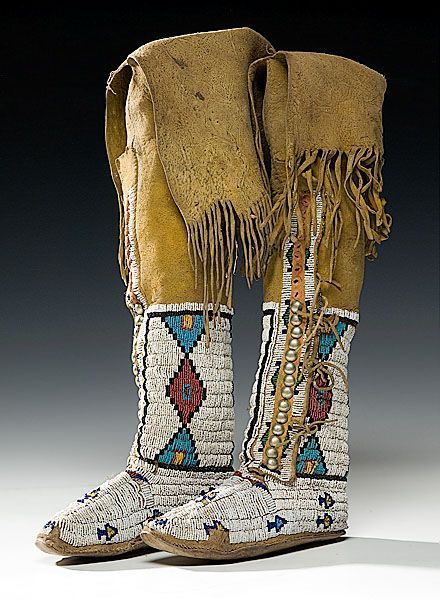
Woman's legging moccasins

Plains Cree moccasins, c. 1890

Pair of Sioux heavily beaded moccasins with leggings
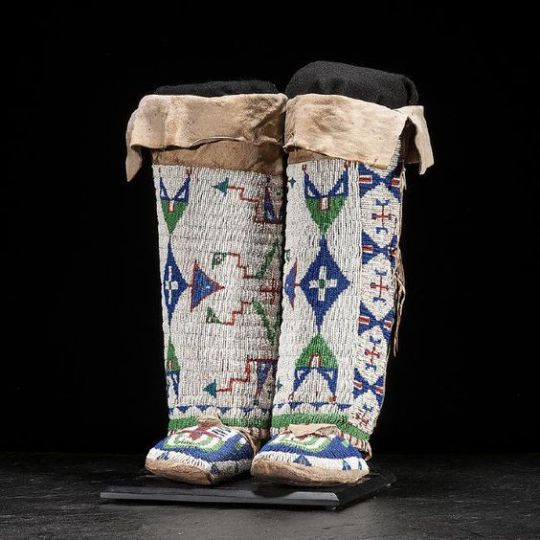
Arapaho Beaded Hide Moccasins With Matching Leggings
104 notes
·
View notes